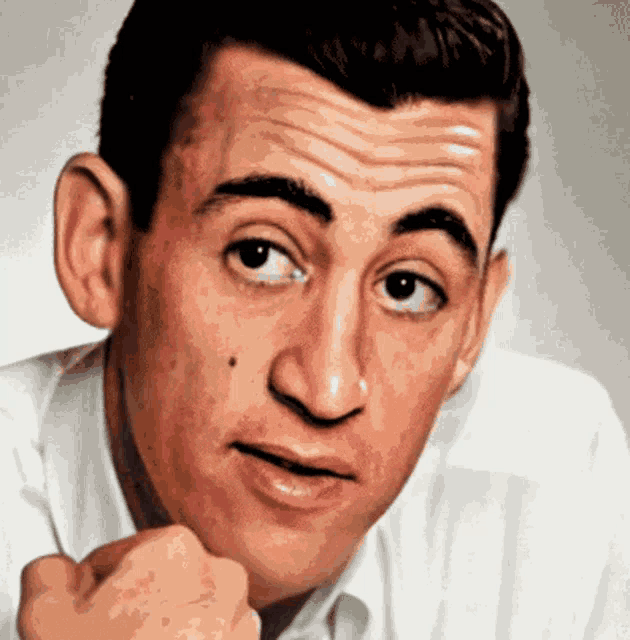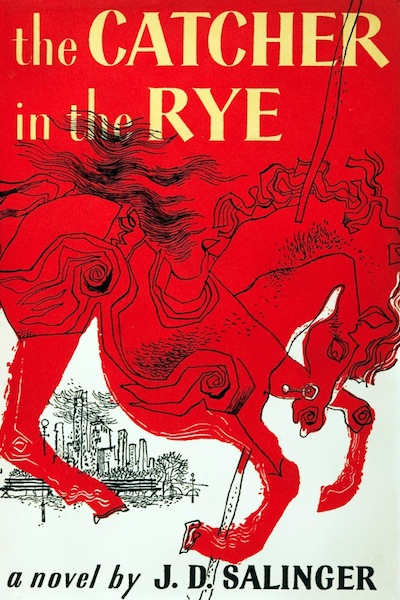
It was 1942 and JD Salinger, a writer from Manhattan, had just arrived home from World War II with no other choice than to pick up where he left off. Salinger had seen more of the war than most, having stormed the beaches of Normandy and liberated one of the first concentration camps, but after a long hiatus, the crooked mind turns in not a blood-ridden war tale, but… a bildungsroman about a kid who loses his mind in New York?

The Catcher in the Rye is a book told from the perspective of a sixteen year old boy named Holden Caulfield. The book kicks off with Holden having to leave school due to his insouciant reluctance to apply himself in any classes besides English. To delay having to break the bad news to his parents, he takes leave to a cheap hotel in New York for a few days. As soon as he arrives, he finds he has made a terrible mistake when he enters the phone booth and realizes he has not a soul to call. The remainder of the book contains a long series of awkward situations Holden gets himself into, most of them involving alcohol, depression, and the opposite sex. To give Holden a unique voice, Salinger employs a stream-of-conciousness mode of writing, Holden writing his story as he would have told it orally, using verbal tics to convey uncertainty and social status. Throughout the book, Salinger employs a variety of motifs and themes to convey the internal struggles of transitioning into adulthood to the reader.